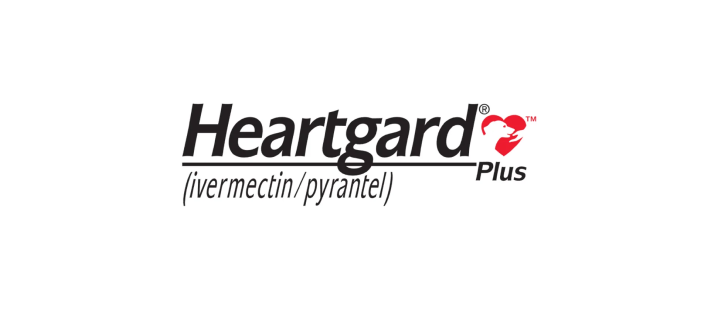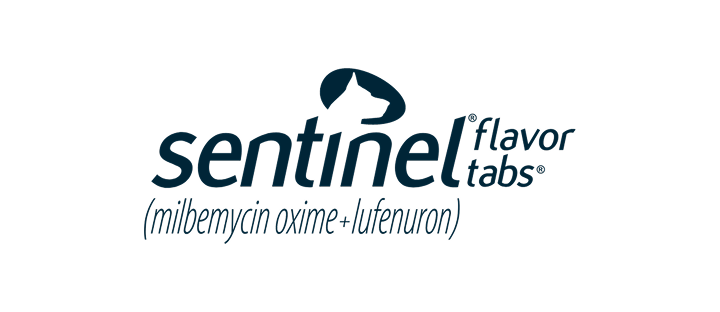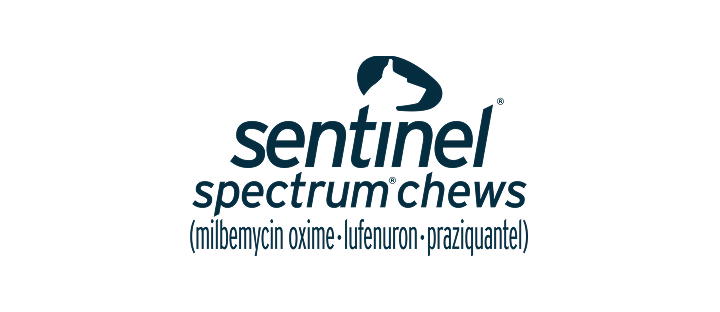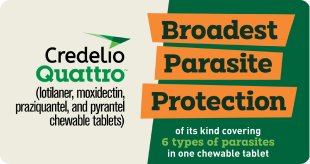Written by Dr. Michael Dym VMD, 12/3/2020
Hippocrates, the father of modern medicine, was quoted as saying “Let Food be Thy Medicine, and Medicine be Thy Food.” After being in clinical veterinary practice both as a conventional veterinarian and holistic veterinarian of several decades, there is not a statement of truth that applies more, even after all of this time, than this powerful quote.
Modern conventional medicine has certainly advanced over the generations, with improved and more sensitive diagnostic testing, including newer laboratory testing and diagnostic imaging techniques. These include not only digital radiographs, but also increasing access to more sensitive imaging tools like ultrasound, MRIs, CT scans, endoscopy and laparoscopy. The latter tools are being used in more advanced surgical procedures, both with soft tissue surgery and in orthopedic procedures, resulting in more rapid restoration of function to bones and joints.
Newer and more powerful antibiotics, immunosuppressive drugs, as well as cancer therapies are being developed to address the escalating levels of chronic immune-mediated diseases and cancers in younger and younger animals. However, there is no more powerful tool in often preventing and treating many of these chronic maladies without a plethora of side effects than food-based and nutritional therapies. As I have evolved into a more integrative and holistic practitioner, I have grown to appreciate the value of returning to the simplicity of very old energy medicine therapies, as well as the basics of species-appropriate fresh diets in maintaining and/or restoring optimal health in our companion animals.
With the expansion of the pet food industry into the more natural pet food arena, as well as the increasing involvement of the internet in client education in recent decades, there is plenty of accurate, as well as conflicting information out there for animal guardians to sort through regarding healthy foods for our pets. Like myself, most young veterinarians receive little to no training on nutrition in veterinary school, many often receiving at most an hour or two of nutritional training in their third year of veterinary school. Whether as fourth year veterinary students or young veterinarians first starting out, we learn much of our client education rhetoric from large pet food companies, who tell us to trust these packaged and processed formulas to provide all that our animal companions need for good health and longevity. And while many of these dried and canned formulas may have been developed in the labs to adequately meet nutritional needs, while evaluated under limited experimental conditions, in my opinion and experience, I have seen animals thrive much better, both in chronic disease prevention and treatment for specific conditions, when we return to the concepts of a fresh and varied, minimally processed diet.
The confusing aspect of this simple concept is that there are many modalities of feeding our companion animals that achieve this idea, from cooked recipes to raw diets, to even now increasing interest and availability of plant-based options for canines. We always need to appreciate that every human or animal has a unique constitution, and will not always thrive in the identical feeding manner in achieving this goal. Just as with human nutrition, we often must explore different fresh diet concepts to see which works and resonates best for a given animal and guardian’s life circumstances, and sometimes limitations.
Because most general conventional veterinarians do not receive much formal training in canine or feline nutrition in veterinary school, it is important to understand that there will be a definite bias against fresh feeding of our companion animals. For example, dogmatic fear that dogs or cats will suffer from Salmonella or E Coli poisoning from feeding raw meat diets is often unfounded, and typically only seen when animals are severely immune compromised, or being treated with strong immunosuppressive medications. In fact, Salmonella is often a normal inhabitant of a carnivore’s digestive tract, as studies have shown, not only in their wild ancestors, but also in domesticated dogs and cats. Their digestive tracts are much shorter than ours and evolved to eat fresh raw diets, so very often my colleagues’ warnings about the dangers of giving raw diets are not based on actual evidence. At a recent veterinary continuing education meeting, I was pleasantly surprised, when hearing one of the board certified veterinary internists lecturing on chronic feline urinary tract disorders (a very frustrating condition to treat and cure), endorse raw meat diets (and eliminating dry food) as an important preventative and therapeutic option for cats suffering from this chronic and recurrent syndrome.
It is my strong opinion and experience that a species-appropriate raw meat and varied, balanced diet is still the ideal way to achieve optimal health in all aged companion animals, including puppies and kittens following weaning. Fortunately, there are many viable options out there, from a balance of fresh meats, wholesome grains and veggies (what I call the Dr. Pitcairn approach), to what are known as BARF diets (developed by Ian Billinghurst), which eliminates most carbohydrates and grains from the recipes, with the belief that carnivores should not need many grains. And while I have seen dogs and cats thrive on both philosophies of feeding, it is important to recognize that the first part of a prey item that a wild dog or cat will eat, after a successful hunt and kill, is the stomach contents of those animals, which naturally contains digested grasses and grains.
Some animals will do better on one diet type or another, and both Dr Pitcairn and Dr Billinghurst have written material on how to prepare their recipes at home, which will require some work on the client’s end in making sure the recipes are complete and balanced when fed long term. That is why the industry has responded with now increasing availability of commercial raw meat recipe options, and which are complete and balanced as prepared and sold. This has made fresh raw meat feeding much easier and more convenient, with several commercial raw meat options available, including those at 1-800-PetMeds.
It is important to recognize that cooking and heating of any fresh diet will destroy and/or denature some of the important ingredients in a fresh, raw diet. However, for those clients who are not able or ready to make the transition to complete raw formulations, the Forza 10 natural food line of diets carried by 1800PetMeds makes an excellent option in these cases. Freeze-dried formulations are yet another option if fresh raw or cooked is not possible. The least preferred method of feeding companion animals of all ages is the dry formulation, which is the most processed way of feeding them.
The old saying that dry food prevents dental disease has NEVER been shown to be true. In fact, what I tell my clients is that the often processed, carbohydrate-based dry kibble formulation may actually accelerate dental disease in pets, as the digestion of carbohydrates begins in the mouth. It would be analogous to human dentists telling patients to eat or chew on dry cereal to prevent dental disease. And while the topic is quite controversial, even amongst holistic veterinarians, with the increasing amounts of heavy metal accumulation and GMO ingredients the further one eats up on the food chain, many are finding success in especially smaller patients, in including more vegetarian options of feeding our companion animals, although this is much more difficult to achieve in cats, who are obligate carnivores by evolution.
In summary, there are many options currently available in fresh diet options for our companion animals. It is my opinion and experience that exploring these options for all ages of animals offers the best option of preventing and even treating many chronic diseases seen in increasing numbers in today’s animal.




































